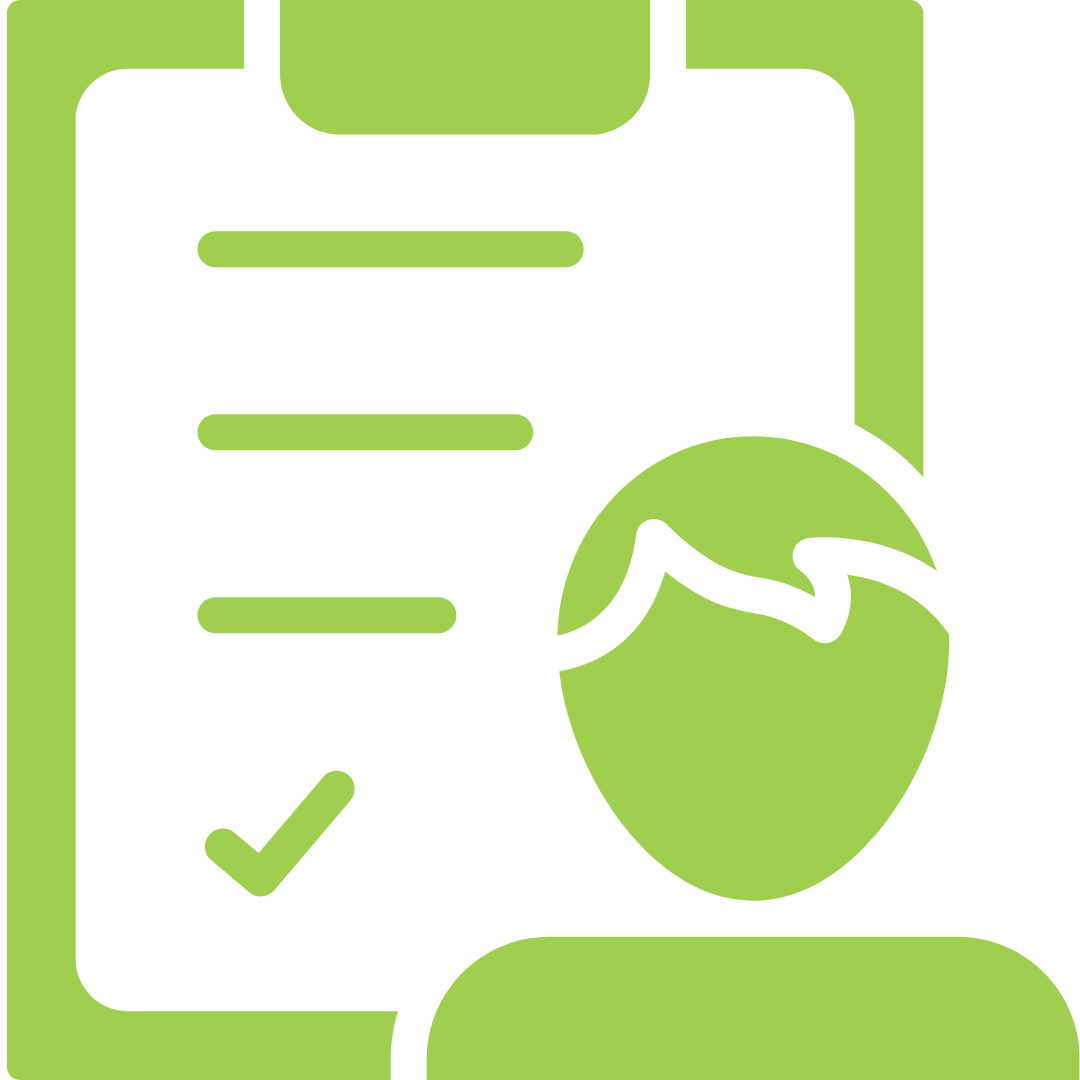Hello everybody! Today’s post is inspired by a reader who was wondering how she can use social stories with her autistic son to help him understand basic social situations. Here are a few ideas of how you can use social stories with your child as well. These social stories are great for children with and without autism.
Social Stories for Daily Routines
Every day there are certain routines that we follow that help us get through the day. For most people, there is a specific order that they get ready in the morning, complete their showering tasks, attack tasks at work, and even enjoy free time. Children with language delays often don’t understand these routines and can end up feeling completely confused and out of control. Imagine if everything that happened to you throughout the day seemed to have no order and suddenly you were being asked to do something you really didn’t like to do without even knowing why. This is how our kids can feel! By using social stories to help our children understand the routines that they will follow every day, we can bring some order to their lives and make sense of the chaos around them. Think about some routines that your child has a particularly hard time with. Maybe it’s getting ready in the morning or getting ready for bed (those are the two I hear the most!). You can create social stories for those routine and share them with your child. Here’s what you need to do:
1. Choose one routine to write a social story about. Write a list of all of the steps involved with this routine. If your child is very young, you may want to just focus on the main steps, whereas an older child could handle more steps. For example, if you’re doing the morning routine, your list may look like this: get up, change clothes, eat breakfast, brush teeth, get backpack ready.
2. Take pictures of your child doing all of these steps. You may have to stage the picture, such as putting the backpack on your child and then taking a picture really quickly before he takes it off again. That’s ok!
3. Create a book on your computer or by hand using those pictures. Put one picture on each page and write a simple “I…” sentence that describes each one. Make sure your sentences state what your child will do instead of what he won’t do. For example, your sentences may look like these:
– “When Mom wakes me up in the morning, I get out of bed”
– “Then, I get dressed.”
– “Next, I eat breakfast.”
4. Once your book is created, read it with your child several times before that routine comes up again. When the routine comes up, before the routine, read the book to your child again one more time, and then walk him through the steps page by page. For example, you will read the first page, and then help your child do that step. Then, you will read the next page. Keep doing this every time the routine comes up until your child can do it on his own.
Social Stories for Social Interactions
Another area that is difficult for many children with language delays is navigating social interactions. Our children don’t understand why people do and say the things they do and they don’t understand what is expected of them. This is especially true of children on the autism spectrum but these children are helped greatly by having the rules laid out for them very explicitly. You can do this through the use of social stories. Here are the steps to follow for this one:
1. Choose a social interaction to target. You can get ideas for this by taking your child to a park or playground and watching him interact with the other children. What types of things does he do or say that don’t seem normal for a child his age? Which behaviors cause the other children to become disinterested? You can also watch other children your child’s age and see what types of social interactions they commonly engage in. Choose one skill or situation that your child seems to be lacking. Here are some ideas to start with: Introducing oneself, asking to join someone else’s play, asking someone else to join his play, staying on one topic of conversation, maintaining an interaction with another child, not getting stuck on one topic of conversation (allowing another child to choose the topic), etc.
2. Determine the rules that typically govern that social interaction. You can do this by watching typical children engaging in that interaction or just think about how children normally engage. Try to list out step-by-step what would be expected of your child during this interaction. This may seem difficult at first but after you’ve done a few you will start to think this way automatically. Here’s an example to get you started:
Asking to Join Play: Go up to a child or group of children, stand a few feet away. Smile and say “hi, I’m ___”. Wait for them to respond. Ask the children what they are doing. Wait for them to respond. Ask if you can play, too. If they say “yes”, ask them how you can help/join or play along with them the same way they are playing. Don’t change the game or add ideas right away.
3. Break the rules out into individual steps and take pictures of your child doing these things. This may be difficult if you don’t have other children around to use as stand-ins, but you can always substitute adults or stuffed animals if you need to.
4. Create a book with one picture per page and a simple “I…” statement on each page that describes what your child will do. Here are sentences based on the example from before:
– Page 1: If I want to play with other children, I walk up to them and stand far enough away that a grocery cart would fit between us.
– Page 2: Then, I smile and say “Hi! I’m Johnny.” I wait for them to respond.
– Page 3: When they are done speaking, I say “What are you guys doing?”.
– Page 4: When they are done telling me what they are doing, I say “Can I play, too?”
– Page 5: If they say “no”, I say “Ok” and walk away. I can find someone else to play with.
– Page 6: If they say “yes” that I can play with them, I can say “How can I help?” or “What can I do?” and play with them in the same way they were already playing. I don’t try to change the game as soon as I join. I play their way.
5. Read the book with your child several times before the social interaction comes up again. You can also role play the situation with your child’s stuffed animals or other familiar people. Have him practice saying his lines. Then, read it again right before you expect that your child will be in that situation.
Leave a comment below telling how you use social stories with a child with a language delay or tell me what social stories your child needs. In future posts, I’ll write out scripts for other social stories as well! Thanks for reading!!
Where to Find More Info:
This guide, along with 38 others, is included in Ms. Carrie’s E-Book: Speech and Language Therapy Guide: Step-By-Step Speech Therapy Activities to Teach Speech and Language Skills At Home or In Therapy. This guide includes detailed information on teaching various speech and language skills, including this one, along with worksheets, handouts, sample IEP goals, data collection, and video demonstrations. For more information click the button below:
More Resources for Speech-Language Pathologists:
Looking for more therapy ideas and resources to help you provide the BEST services to your clients? Join us in The SLP Solution, our membership program for speech-language professionals! Inside the membership, you’ll find:
- Step-By-Step Guides for teaching a variety of speech/language/communication skills
- Pre-Made Worksheets and Therapy Activities for hundreds of different topics
- Training Videos for dealing with difficult disorders or problems
- Answers to Your Questions in our exclusive SLP community
- Tools and Resources to help you with your paperwork and admin tasks
- Continuing Education through our monthly webinars and webinar recordings
To join us in the full SLP Solution, or to snag a free membership, click on the button below!






I’m in the process of writing social stories for a high-level Autistic student (age 9), who tends to make fun of other children, but mocking them and saying mean words to them. He doesn’t seem to have developed the “theory of mind” necessary for grasping the perspective of his peers, who are made to feel bad for who and what they are and do.
I’d love to see any social stories that you might have for remediation of this problem.
Thank you.
Ronnie
Hi, Ronnie! I don’t have anything already made up for that. Does anyone else on here?
Thanks for the structure of social stories. I need some for middle school students and having the set up helps. Always have difficult time writing these.
It can be a bit daunting! You could also search the web and see if anyone has already made some about the topics you’re looking for!
Thank you so much for this information…I am the custodial grandmother of my 13,12, 9, and 3 year old grandchildren … all who had (have) speech delays. This was the first time anyone has addressed the correlation of speech delays and behavior problems, and ,more importantly, how they can be managed ! This site has given me phenomenal insight into steps I need to take to help these children become successful in life! Praise God for you, Ms. Carrie!
That’s wonderful! I’m so glad that this information was helpful to you. Let us know if you have any other questions!